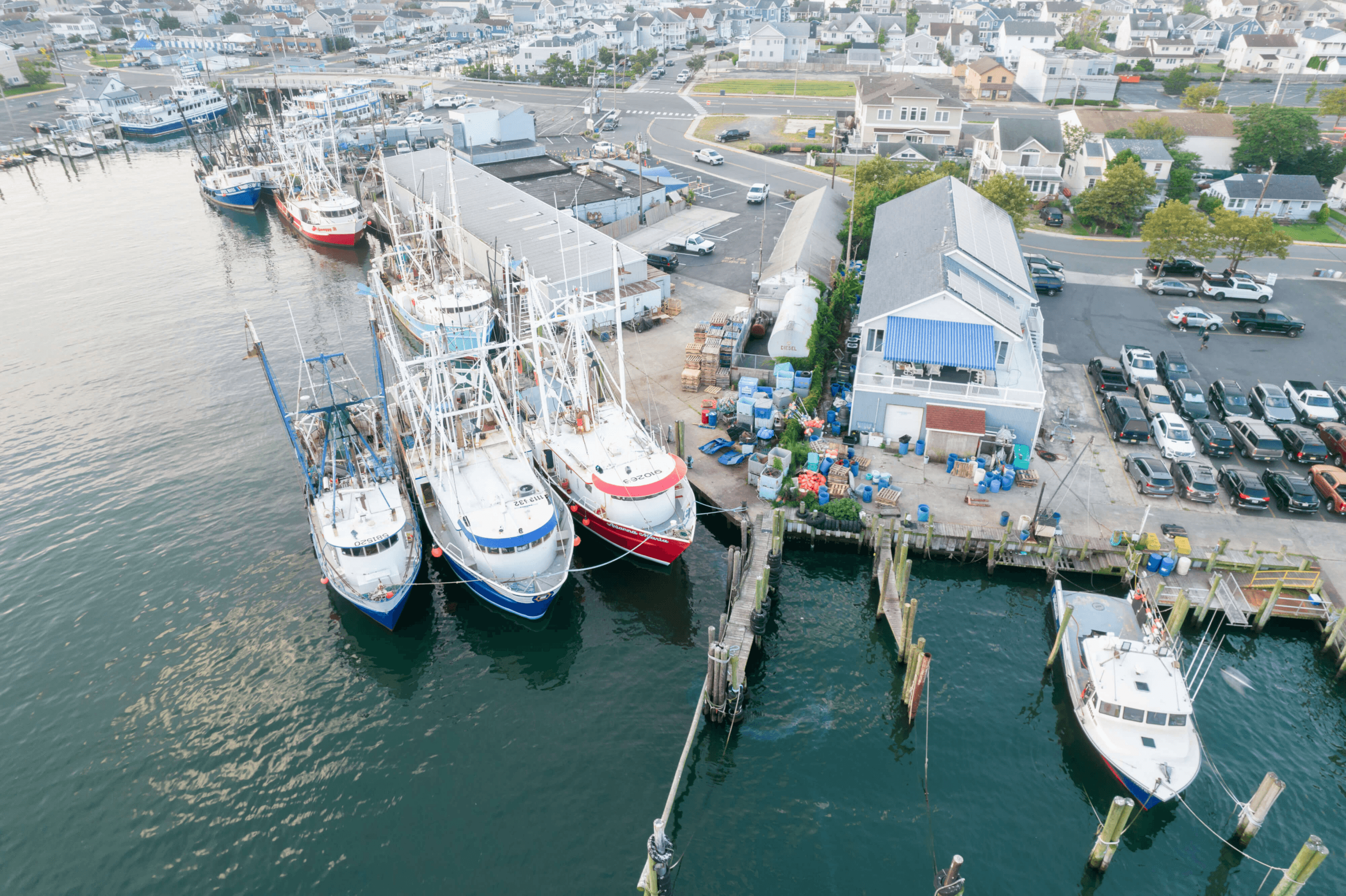Elizabeth (Liza) Wright-Fairbanks from Rutgers University explains how her team integrated a new pH sensor into an ocean-profiling Slocum glider to monitor acidification in the Mid-Atlantic. She describes the multiple drivers of acidification—ranging from CO₂ absorption to nutrient runoff—and their effects on marine life, particularly shellfish, which are economically vital to the region. Traditional monitoring methods (fixed buoys and occasional research cruises) often miss short-term or subsurface low-pH events. By contrast, the glider’s “sawtooth” path can provide high-resolution data of the full water column over several weeks.
Early lab and field tests confirm that the integrated sensor achieves accuracy better than the manufacturer’s rating, although biofouling in warm, productive waters can pose challenges (e.g., barnacles). The team mitigates these by adding antifouling cartridges, scheduling mid-deployment cleanings, and optimizing flight paths. Future plans include seasonal deployments across shellfish grounds, with data feeding into fisheries assessments and informing models of larval distribution. This work underscores the promise of glider-based acidification monitoring networks on both regional and global scales.


